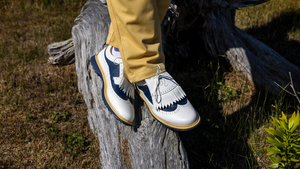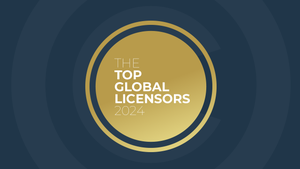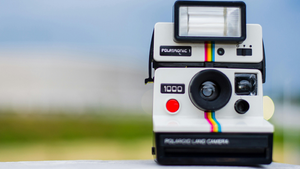Mattel has announced the launch of its first Barbie doll with Down syndrome, working in consultation with the U.S. National Down Syndrome Society (NDSS).
April 25, 2023
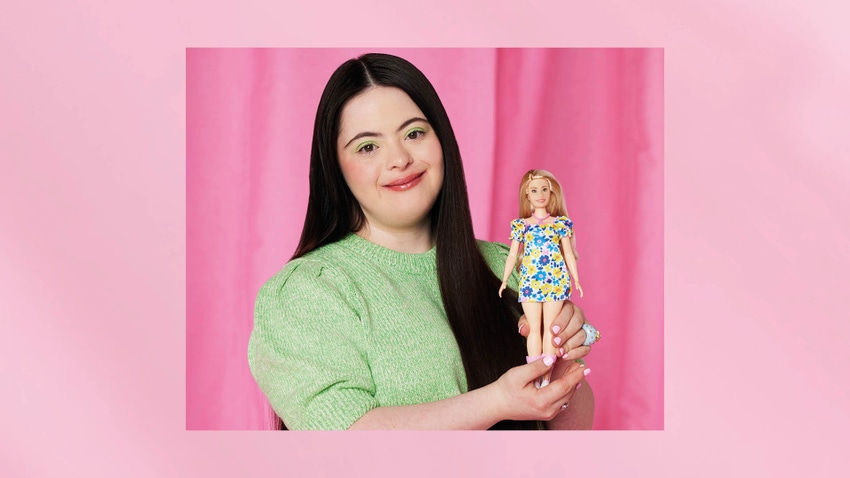
In a campaign featuring British model, Ellie Goldstein, the new Barbie aims to be inclusive and representative, allowing even more children to find a doll that represents them.
Since its inception in 1959, Barbie has introduced more than 175 looks with variety in skin tones, hair textures, body diversity and dolls reflecting people with disabilities. The Barbie Fashionistas line has featured dolls who use wheelchairs, prosthetic limbs, hearing aids, dolls with vitiligo and a doll without hair. This is the first Barbie doll to be introduced with Down syndrome.
Watch as Goldstein sees the Barbie with Down syndrome doll for the first time on a fashion shoot that celebrates her uniqueness.
Goldstein (21) is one of the U.K.’s most prominent models with Down syndrome. Goldstein advocates for a broader view of beauty across the fashion industry, making history as the first model with Down syndrome to feature in major international campaigns for brands like Gucci Beauty and adidas.
“I am so happy that there is a Barbie with Down syndrome,” says Goldstein. “Seeing the doll, I felt so overwhelmed – it meant a lot to me and I’m so honored and proud that Barbie chose me to show the doll to the world. Diversity is important to me as people need to see more people like me out there in the world and not be hidden away.”
National Down Syndrome Society Partnership
Barbie has brought this doll to life in partnership with the National Down Syndrome Society (NDSS) in the U.S. The NDSS empowers individuals with Down syndrome and their families by providing resources, driving policy change and engaging with local communities. As the first Barbie doll with Down syndrome, it was important that the doll not only accurately represented a person with Down syndrome but celebrated the Down syndrome community – through Barbie’s clothing, accessories and packaging.
Consultation with the NDSS and medical professionals informed the design process, introducing a new face and body sculpt to be more illustrative of women with Down syndrome.
“It was an honor working with Barbie on the Barbie doll with Down syndrome,” said Kandi Pickard, president, chief executive officer, NDSS. “This means so much for our community, who for the first time, can play with a Barbie doll that looks like them. This Barbie serves as a reminder that we should never underestimate the power of representation. It is a huge step forward for inclusion and a moment that we are celebrating.”
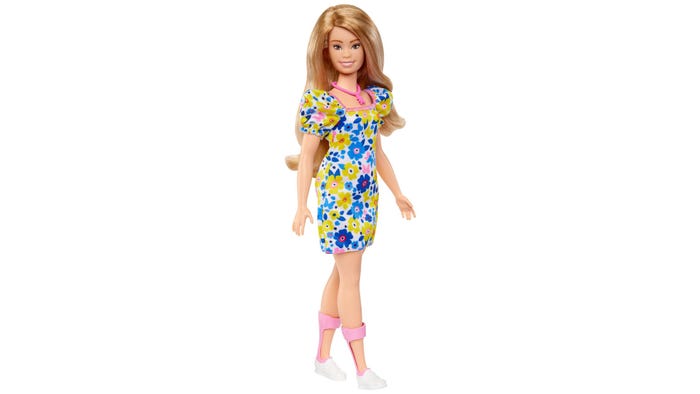
Barbie Doll with Down Syndrome, Mattel
Down Syndrome Awareness
The doll’s puff sleeved dress pattern features butterflies and yellow and blue colors, which are symbols associated with Down syndrome awareness. The doll also wears pink ankle foot orthotics (AFOs) to match her outfit and the trainers have a zip detail. AFO’s are commonly used by children with Down syndrome in the U.S. While not all people with Down syndrome wear ankle foot orthotics as each person is unique, Barbie took the decision to promote the representation of adaptive equipment in the play space by including them as accessories.
“The Down’s Syndrome Association (DSA) are pleased to see that Barbie is introducing a doll who has Down’s syndrome into their range,” says Carol Boys, chief executive, U.K. Down’s Syndrome Association. “As the only charity in the U.K. supporting all aspects of Down’s syndrome, we often hear from families who feel their children are not represented enough in the mainstream media. We therefore welcome the fact that children in our community will be able to play with a doll that represents them and their lives. We look forward to seeing her on the shelves alongside Barbies who wear hearing aids, use wheelchairs and celebrate inclusion.”
“As the most diverse doll line on the market, Barbie plays an important role in a child’s early experiences, and we are dedicated to doing our part to counter social stigma through play,” says Lisa McKnight, executive vice president, global head, Barbie and dolls, Mattel. “Our goal is to enable all children to see themselves in Barbie, while also encouraging children to play with dolls who do not look like themselves. Doll play outside of a child’s own lived experience can teach understanding and build a greater sense of empathy, leading to a more accepting world. We are proud to introduce a Barbie doll with Down syndrome to better reflect the world around us and further our commitment to celebrating inclusion through play.”
Earlier this year, Lisa McKnight and Claire Terry, senior vice president, consumer products, games and publishing, Disney EMEA, spoke to License Global about the trends surrounding doll play.
About the Author(s)
You May Also Like
